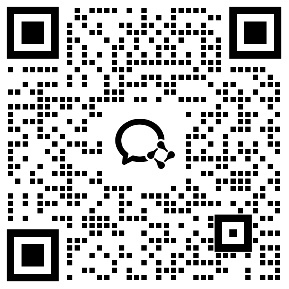- 相關(guān)推薦
英語語法主動與被動語態(tài)
語態(tài)有兩種:主動語態(tài)和被動語態(tài)。

主語是動作的發(fā)出者為主動語態(tài);主語是動作的接受者為被動語態(tài)。
1)若賓語補足語是不帶to 的不定式,變?yōu)楸粍诱Z態(tài) 時,該不定式前要加"to"。此類動詞為感官動詞。
feel, hear, help, listen to, look at, mak英語e, observe, see, notice, watch
The teacher made me go out of the classroom。
--> I was made to go out of the classroom (by the teacher)。
We saw him play football on the playground。
--> He was seen to play football on the playground。
2)情態(tài)動詞+ be +過去分詞,構(gòu)成被動語態(tài)。
Coal can be used to produce electricity for agriculture and industry。
【英語語法主動與被動語態(tài)】相關(guān)文章:
被動語態(tài)復習02-28
怎樣學好被動語態(tài)04-30
淺談被動語態(tài)的翻譯04-28
短語動詞的被動語態(tài)05-04
不用被動語態(tài)的情況05-04
主動學習與主動發(fā)現(xiàn)04-30
從被動語態(tài)談科技英語04-29
淺談英語被動語態(tài)的漢譯04-28
被動語態(tài)的語用分析04-27






